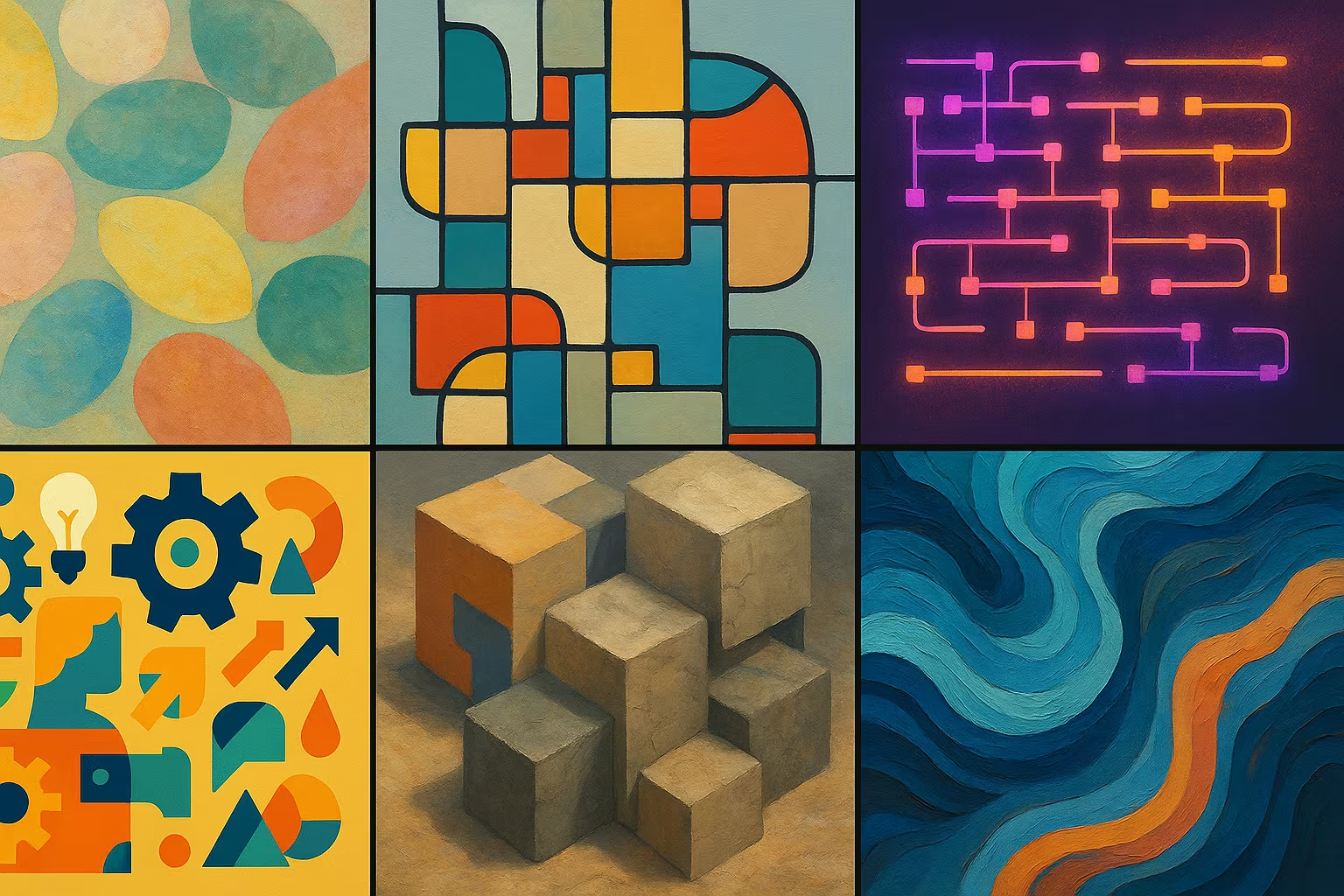COCO Dataset: Common Objects in Context
The COCO dataset (“Common Objects in Context”) is an essential reference in the field of computer vision. It was designed to promote the development and evaluation of models capable of understanding complex scenes in a variety of contexts. This dataset is distinguished by the richness of its annotations, which include object detection, instance segmentation, semantic segmentation, image captions, and even the detection of human poses.
Approximately 330,000 images in JPEG format, with JSON annotations
Creative Commons Attribution 4.0 License.
Description
The COCO dataset includes over 330,000 pictures, including about 200,000 are annotated. It contains:
- 80 object categories common (person, car, dog, chair, etc.)
- More Than 1.5 million annotated instances
- Annotations for:
- Object detection (bounding boxes)
- Instance segmentation (pixelated masks for each object)
- Panoptic segmentation
- Caption generation for images
- Detection of Human Poses (key body points)
- Separations into subsets: Train, Val, Test, sometimes with variants such as gold test-dev gold that are unlabeled depending on the versions.
What is this dataset for?
COCO dataset is widely used in Computer Vision research and development. Thanks to the richness of its annotations and the diversity of scenes, it makes it possible to train and evaluate artificial intelligence models for object recognition, image segmentation, automatic image description or even the understanding of complex scenes. It is an essential reference for benchmarking algorithms and comparing the performances between different models.
Can it be enriched or improved?
Yes. Although very complete, the COCO dataset can be enriched or adapted according to specific needs:
- Addition of New Classes or rare objects.
- Additional annotations: for example by adding attributes, relationships between objects, or contextual labels.
- Quality improvement: some annotations can be checked or corrected manually for critical cases.
- Adaptation to specialized fields: by combining COCO with images from industrial or medical sectors, we can create specialized versions that are more relevant for targeted use cases.
Tools like Label Studio, CVAT or Encord allow you to modify and enrich these annotations in a collaborative way.
🔎 In summary
🧠 Recommended for
- Students who want to learn about object detection or semantic segmentation
- AI engineers working on models of multimodal computer vision
- Projects requiring Image Captions, of Pose Estimate or Dense Annotations
🔧 Compatible tools
- Detectron2 or YOLO for detection and segmentation
- Label Studio or CVAT for proofreading or extending annotations
- Hugging Face Transformers + VisionEncoderDecoder for captions
💡 Tip
COCO dataset is extremely versatile : it can be used for both detection, segmentation, generation of image descriptions, and multimodal learning.
It is also compatible with numerous pre-trained models accessible via PyTorch or TensorFlow.
Frequently Asked Questions
Can I use COCO to train a custom object detection model?
Yes, COCO is particularly suitable for training object detection models. It provides high-quality annotations and a wide variety of objects in realistic contexts, making it a great starting point for developing or fine-tuning your own models.
What file formats are used for annotations in COCO?
COCO annotations are provided in JSON format, following a standardized structure defined by the COCO API. This format contains detailed information on images, categories, annotated objects (bounding boxes, masks, keypoints, etc.), which makes it easily usable with numerous computer vision libraries.
Can I use COCO for tasks other than object detection?
Yes, COCO can be used for several computer vision tasks, such as instance segmentation, panoptic segmentation, automatic image captioning, and human pose detection. This makes it a versatile dataset for training and evaluating multi-tasking models.






